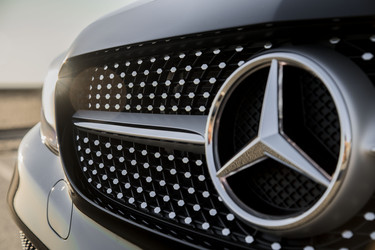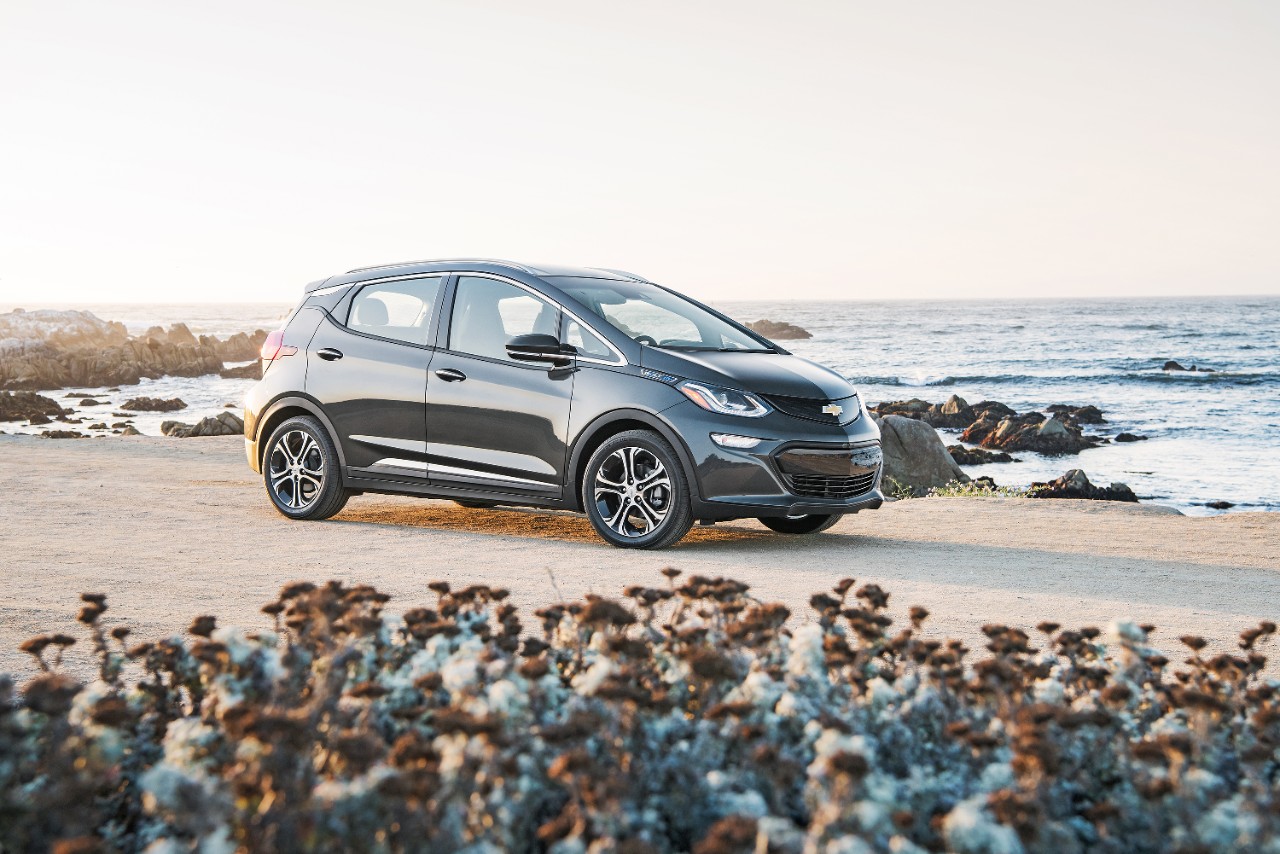 February 8, 2017
February 8, 2017
On January 31st, Uber and Daimler announced an agreement to deploy autonomous vehicles on Uber’s ridesharing network.
It was rumored that Daimler, the parent company of Mercedes, received an order from Uber for 100,000 Mercedes S-Class cars from Uber last March.
While representatives of both companies later debunked the rumor, an amicable panel discussion with Uber CEO Travis Kalanick and Daimler CEO Dieter Zetsche in 2016 revealed that the companies might have room for collaboration. Particularly telling was Zetsche said he and Kalanick were “frenemies.” He joked, “we call that marriage in German.”
This partnership will be crucial for Uber in deploying autonomous vehicles. While the company is no stranger to regulatory battles, it blanched when confronted with California’s autonomous vehicle laws in December.
Uber’s lean model relies on passing many of the costs of operation to drivers, acting instead as a technology platform rather than a transportation service.
Ensuring compliance with a litany of motor vehicle policies is markedly different from overcoming opposition to local and state restrictions on transportation network companies (TNCs) through one-off invasions of new operating areas.
Kalanick acknowledged this in his announcement of the partnership:
“Auto manufacturers like Daimler are crucial to our strategy because Uber has no experience making cars—and in fact, making cars is really hard. This became very clear to me after I visited an auto manufacturing plant and saw how much effort goes into designing, testing and building cars.”
While useful for tech platforms, the guerilla approach to regulatory battles – embodied in the Silicon Valley credo, move fast and break things – is neither viable nor effective in lobbying for modifications to motor vehicle regulations (let alone compliance).
But entrenched regulatory battles (and negotiations) are well within the wheelhouse of Daimler and other automakers. The German automaker has a well-established set of government affairs experts, lobbyists, and regulatory compliance teams that will allow it to manage the nitty-gritty policy while Uber hypes up the tech.
Uber’s main rival, Lyft, seems to have acknowledged this truth long ago. The scrappy San Francisco startup has already forged and fostered a close partnership with General Motors for well over a year. This resulted in the May 2016 announcement that GM’s first fully autonomous vehicle – the Chevrolet Bolt EV – would be deployed on the Lyft platform.

 February 8, 2017
February 8, 2017


